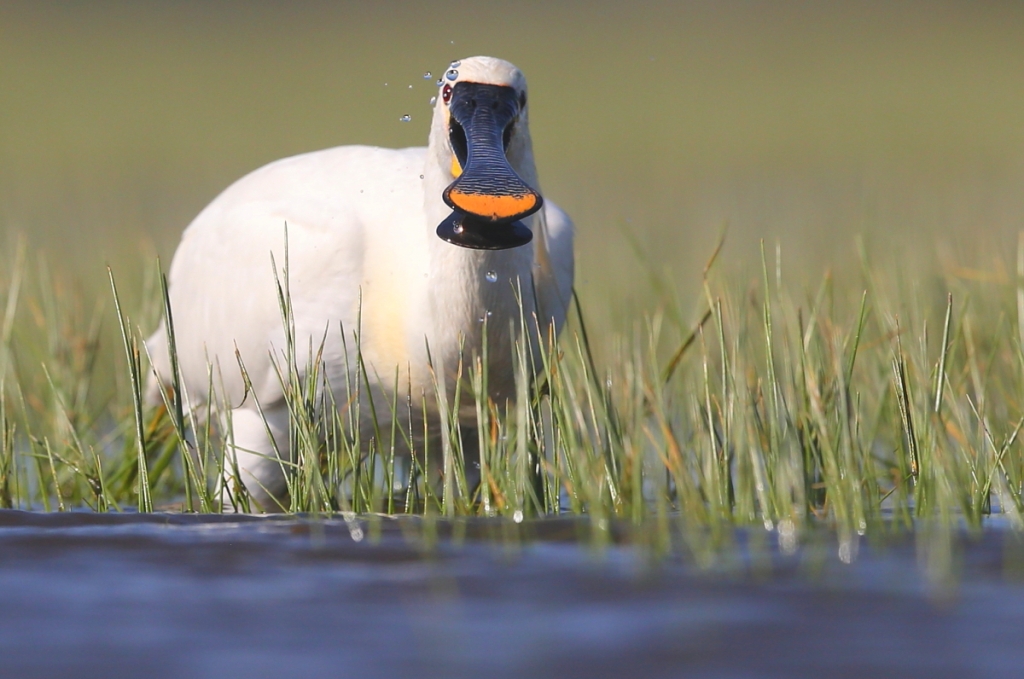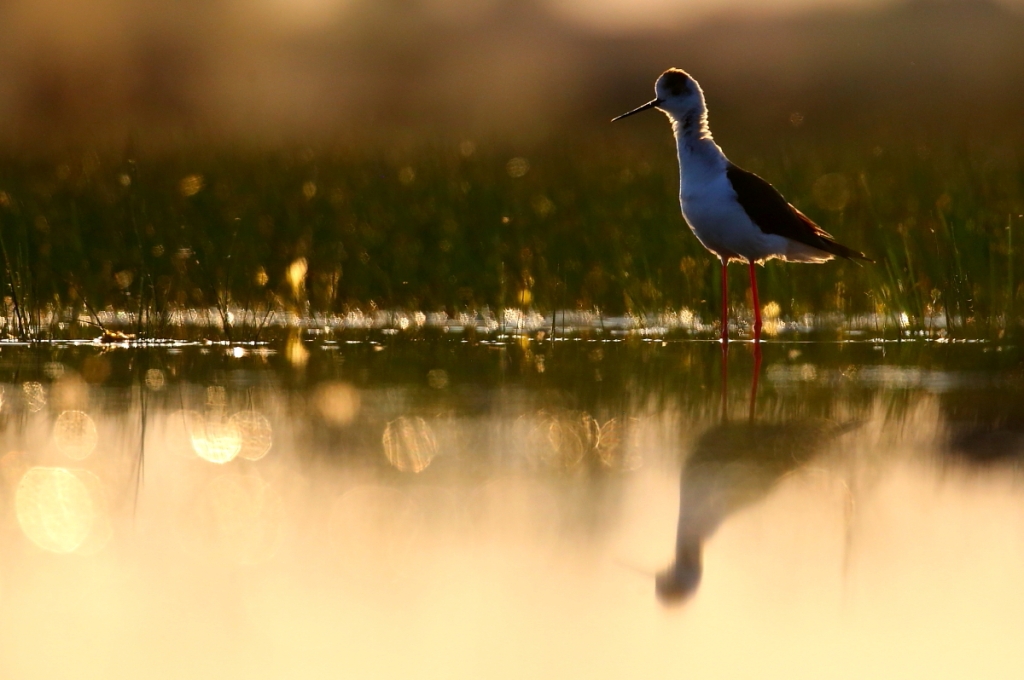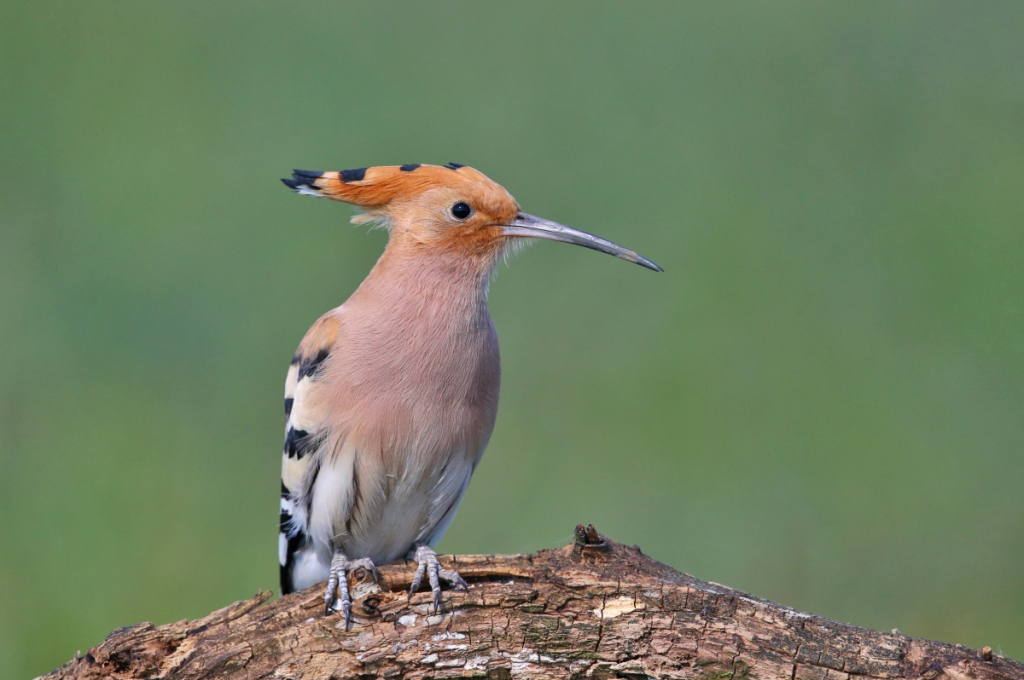May is undoubtedly the most action-packed month for bird photography in Europe and it is no different in our region! The birds are all busily breeding, and everything is happening at once. In recent years however April is getting better and better and the second half is certainly threatening May to be ‘the single best month’ for bird photography.
After a successfull April we were very much looking forward to May 2020. Predicting birds is a challenge every year, but we managed to lure all our main targets to our hides again. Besides the very relaible Falcon Towers and Rollers, this year the shorebird hide was still active with a fantastic lek of Ruffs as well as the Egret and Stork Hide still had a busy first two weeks in May.
Our main Roller hide was hosting a breeding Little Owl, but fortunately they were doing ok near each other after the Rollers arrived. There were some – mostly unphotographable – affairs, but the most important thing that the Little Owl succesfully bred and while we are writing these lines the Rollers are incubating their eggs.
At the Falcon Tower Hides Red-footed Falcons arrived on the 22nd April and started their mating season with lots of action, fighting for nestboxes with each other as well as with Jackdows and Common Kestrels too. At the Flacon Tower 1. we also had a Long-eared Owl pair successfully raising their chicks. They climbed out to the front of the hide, into the bushes at the end of the month. Falcon Tower 2. also has a pair of Long-eared Owls, but they started later, the chicks are still in the nestbox as in early June.
At the Tower Nr.1 a Roller pair was also keeping a territory with a nestbox and on the best days they were defending it against 4 other individuals – or lets say 2 other pairs. All this, when male Red-foots were continuously gifting the females on the other branches. Lucky photographer being in the hide on that day!

To put the crown on the top of this May, we finally had some time to test our long-forgotten Great Bustard hide. As our team still had many things to do we only tried four times the hide from which three was successfull and Bustards were moving in front of the hide. It is a great experience to watch these amazing birds as the huge males are filling their gular sacks and displaying to the females. From this hide the best time seems to be the last few days of April and the very beginning of May.



As early May was still good in the Egret and Stork Hide our Hungarian guests were enjoying their time as sometimes 25 Spoonbills were feeding just a few meters from them. Black Stork, Grey Heron, Great Egret or sometimes Black-crowned Night Heron was also present and on several occasions White-tailed Eagles were also seen.



The most lucky photographers even got the magnificent Squacco Heron from the hide with its fabulous looking crest and warm colours.

The shorebird hide was still amazing in the first half of May, giving action opportunities as Black-winged Stilts were defending their nesting area and Ruffs displaying and fighting with each other. However the main hide for aquatic birds in May is the Pygmy Cormorant Hide and the Reedbed feeding station near to it. Both had the main target species such as Pygmy Cormorant, Ferruginous Duck and even Little Bittern on some occassion. While the feeding station had Water Rail and Savi’s Warbler daily and Little Crake also on several days. You never know what will show up! Our testing results with Marsh Harrier was somewhat mixed, but it did show up a few times, so we are excited to finetune it for 2021.








The main targets however in May are the many coloured birds of Europe, including the European Roller, Bee-eater and the Hoopoe. They were all very active. Hoopoes are usually good from 25th April while Rollers from 5th of may and Bee-eaters from 15th of May. As soon as they arrive to their breeding grounds these species start their courtships which provides gifting and mating actions to the lucky photographers.



One of our main targets as well as the flagship of the month is the Red-footed Falcon! They are such special birds and it is a real unforgettable experience to watch and photograph them! Also Common Kestrels are breeding and are possible to photograph from the Falcon Tower Hides (both). Male Redfoots are busy bringing gifts to the females for some possible mating action in return while Kestrels are already sitting on their eggs in May and defending their territories.



Leaving the vast open landscape of the Hortobágy National Park and visiting our drinking hides in the Great Wood of Debrecen would have been revarding for every possible guest this year. Besides the common songbirds Middle-spotted Woodpecker, Black Woodpecker and Green Woodpecker were visiting our drinking stations regularly and other specialties included Hawfinch, Collared Flycatcher, Tree Pipit, Marsh Tit and also Eurasian Sparrowhawk was regular while Goshawk only turned up a few times.








